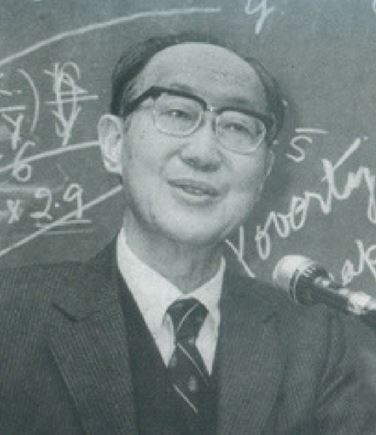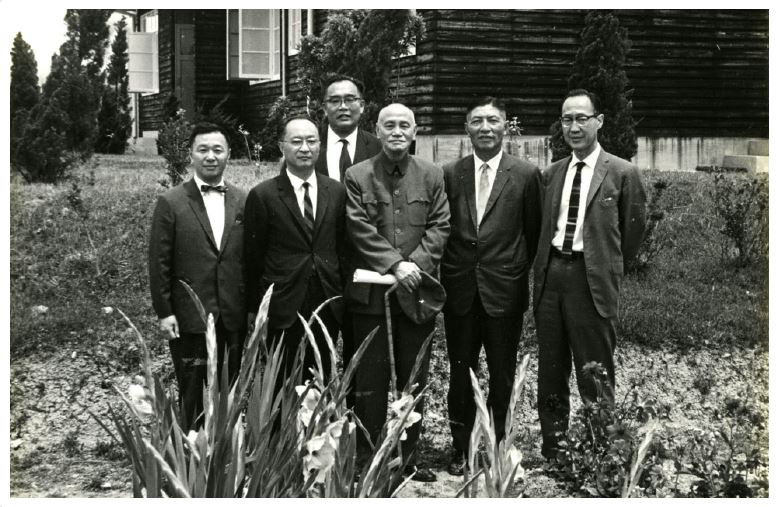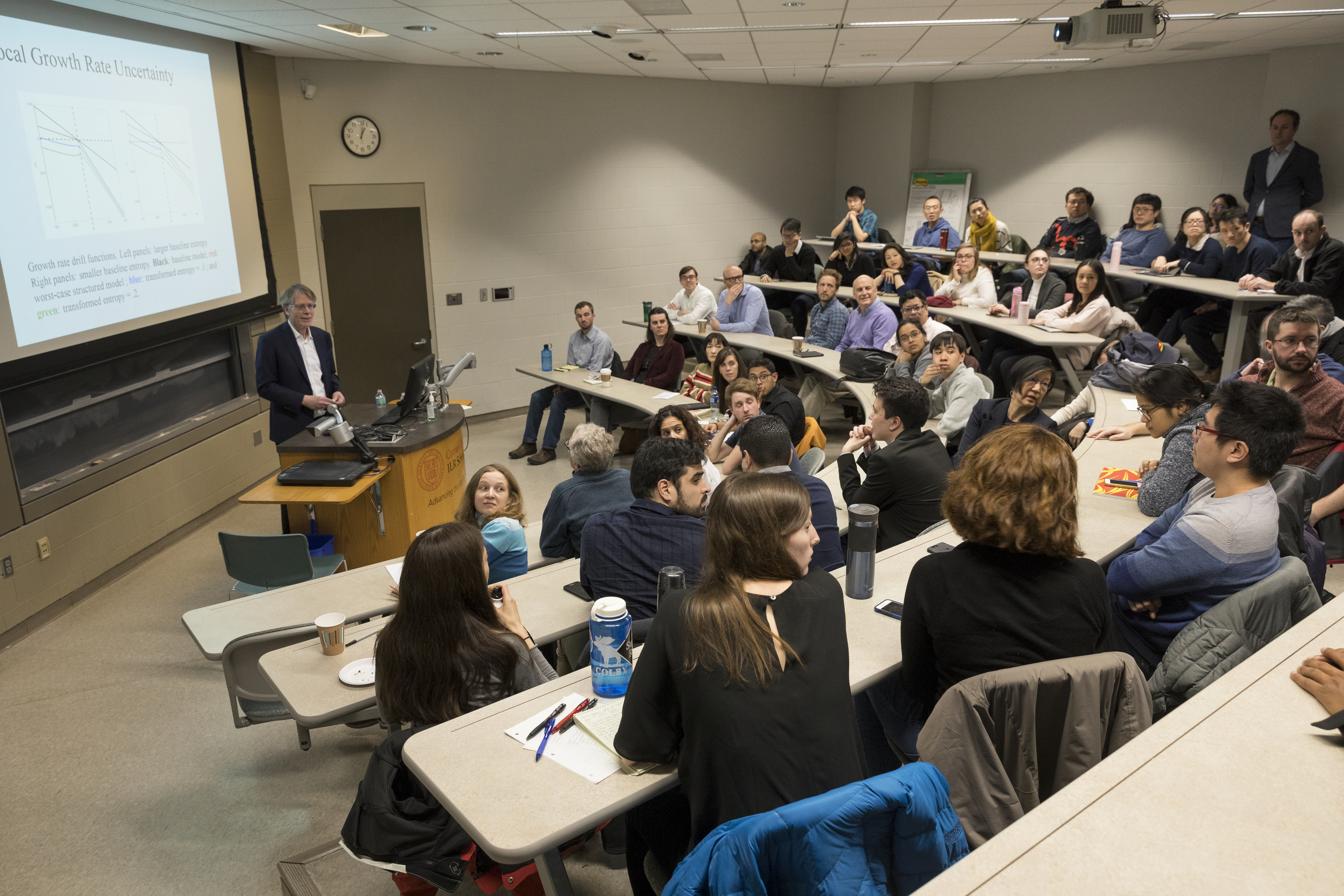It was my great privilege to speak at the S. C. Tsiang Macroeconomics Workshop and to also talk about my father-in-law. Interestingly, after the Nobel prize announcement in 2013, a Chinese newspaper had a headline, “S. C. Tsiang’s Son-in-Law Wins the Nobel Prize.” As an economist, my father-in-law wore two hats. In academia, he was an LSE-trained international monetary economist whose first position was at the IMF and then held subsequent positions at University of Rochester and Cornell University. Along with T. C. Liu, he was one of the architects of the Taiwan miracle. Indeed, Taiwan had an exemplary transition path from an underdeveloped economy to a highly advanced one. He was a very important person in Taiwanese economic history and continues to be highly recognized and regarded to this day. I remember well conversations with Al Harberger, a former colleague, and Anne Krueger, whom I first got to know in University of Minnesota graduate school when she was on the faculty there, about the accomplishments of my father-in-law. Both prominent economists spoke in glowing terms about S. C. Tsiang and his accomplishments.In my preparation for the event, I had the opportunity to reread some of S. C. Tsiang’s important papers. I list below the four that I featured in my discussion of his work prior to my seminar. I found them very thoughtful and, in some instances, ahead of the game in terms of both the questions they addressed and how he chose to tackle them. They touch upon a wide range of important topics in international monetary economics.



